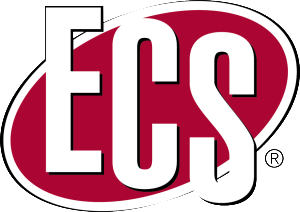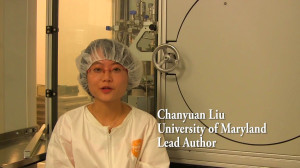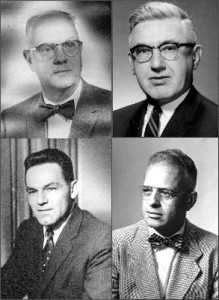There is no doubt that women have made their mark in science. From Marie Curie to Rosalind Franklin – women have made outstanding contributions to innovation, research, and technology. Still, there is a significant gender bias that exists in the field, which affects research outcomes and discovery.
The questions exists: Why are there still so few women in science? How will this affect what we learn from research?
According to an article in National Geographic, women make up half the national workforce and earn more college and graduate degrees than men. Still, the gender gap in science exists – specifically in fields such as engineering.
This from National Geographic:
According to U.S. Census Bureau statistics, women in fields commonly referred to as STEM (science, technology, engineering, mathematics) made up 7 percent of that workforce in 1970, a figure that had jumped to 23 percent by 1990. But the rise essentially stopped there. Two decades later, in 2011, women made up 26 percent of the science workforce.
(more…)
 How can we help you advance your work? Please take just a few minutes to complete our short survey and tell us.
How can we help you advance your work? Please take just a few minutes to complete our short survey and tell us.






